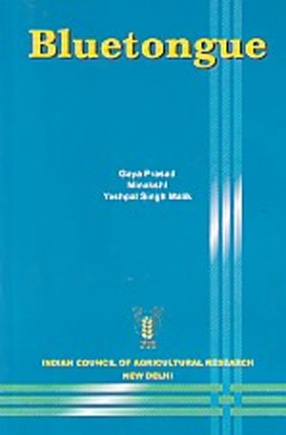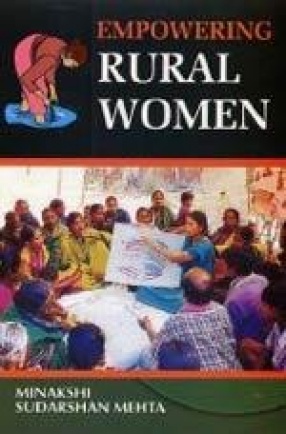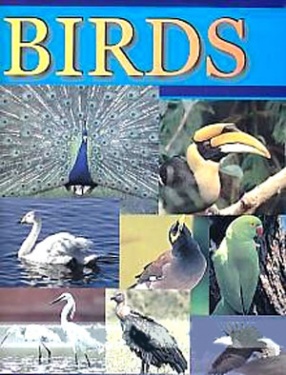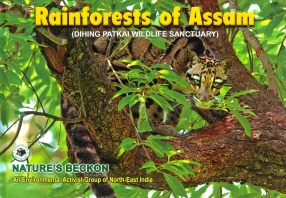Bluetongue, initially recognised in South Africa in late 1870s in sheep, is now known to affect a wide variety of other Domestic and wild ruminants as well. Recent reports also suggested that camelids may also be affected with bluetongue virus in certain situations. Though it was recognised more than a century ago, it continues to be an economically very important livestock Disease throughout the world. Since bluetongue is transmitted by Culicoides midges, its geographical distribution is dependent on the presence of the competent Insect vector and susceptible vertebrate host. Thus occurrence of bluetongue virus infection in different parts of the world is governed by several ecological and Environmental factors. There has been unprecedented Progress with greater impact offering clearer Insight into Knowledge about bluetongue virus in the past 20 years than there had been in the entire 40 years since bluetongue made its way to the OIE ‘List A’ disease. During this period, the discipline of Molecular Biology has profoundly influenced virtually every facet of arbovirology. The progress has been astounding and success phenomenal. The developments in molecular and immunological technologies, have given a great insight into the virus biology, Genetic and antigenic diversity, host immune response, vector biology and vaccines. Enormous literature has accumulated due to extensive studies conducted on various basic and applied aspects of this important Animal disease. However, there have been very limited efforts to compile the new Research findings in comprehensive and understandable manner in the form of a book.
Bluetongue
In stock
Free & Quick Delivery Worldwide
Bibliographic information
Title
Bluetongue
Author
Edition
1st ed.
Publisher
ISBN
8171640567
Length
viii+162p., Illustrations; Col. Maps; Tables; Index; 25cm.
Subjects






There are no reviews yet.